Decoding Click Attribution: Navigating Google Ads & Analytics

Being one of the most formidable marketing utilities currently available, Google Ads successfully integrates promotional and analytic capacities like no other. Amid the plethora of attributes that Google Analytics offers, the aspect that leaves a striking impression is attribution modeling. This resourceful equipment offers a subjective evaluation of conversion significance, implying the efficacy of separate advertisements and the return of investment obtained from advertising. This dynamic feature offers a factual insight into ad performance, boosting the ROI in advertising.
Attribution modeling: both simple and complex
The idea of “attribution,” can simply be portrayed as “assigning” or “verifying”. By electing an attribution model in your Google Ads, one can delineate which user actions are prioritized on the journey to the desired outcome.
Imagine a scenario where your business is selling high-end commercial kitchen equipment, and a local restaurant’s head chef stumbled upon your site via your search ad and instantly purchased a top quality mixer. In this instance, Yandex.Metrica has the capability to assign 100% of conversion value to either the last click, the foremost noteworthy one or the first click (here, the visit involving the actual purchase may hold lesser significance than the preceding click from the search). Chances are, the chef traversed a more intricate route from the conceptualization of owning a new mixer to acquiring it. Studying this process can help the seller enhance future customer interactions.

The metrics of conversion value in Google Ads may exhibit discrepancies from those of Yandex.Metrica, as the former system takes into account numerous elements prior to a purchase.
It’s possible that before that crucial click prompting the actual purchase, there could have been multiple instances of the chef exploring the site, both organically and through advertising search results, browsing commercials and product-specific ads, email marketing, promotional efforts, and other marketing tactics used by your brand.
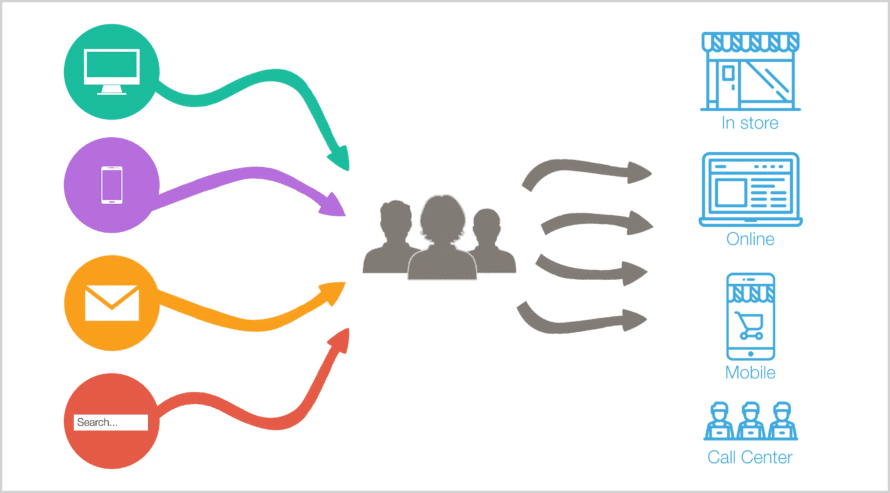
Consequently, for those keen on gaining a comprehensive understanding of their marketing landscape, it’s recommended to head over to the “Settings” section of Google Ads’ top bar and checking the “Search Network Attribution” option. Naturally, these guidelines are applicable for campaigns where conversion tracking is in place.

5 Attribution Models – 5 Analytics Scenarios
By default, Google Ads tends to opt for Last Click attribution, which is somewhat of an antiquated practice. This model is predominantly used because of its simplicity. Initially, it was the only method available as tracking a user’s journey from interest to conversion was technically challenging. As the name implies, this model assigns all the conversion value to the final ad or request immediately prior to the targeted action.
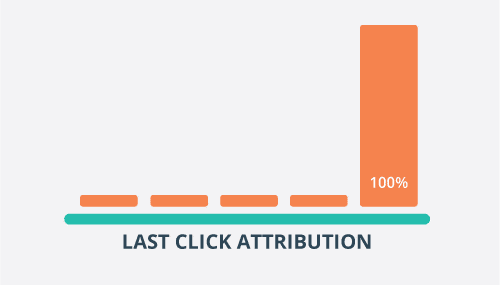
One might wonder, why isn’t Last Click attribution ideal?
- Assigning complete credit to the last click implies that there was no previous interaction. For instance, let’s assume a chef decided to buy a mixer, initiated a search, clicked on an advertisement, and added the product to his shopping cart. This implies instantaneous decision making. However, research by Invesp suggests that only 40% of online shoppers are impulsive buyers. The majority take time to weigh up their options, compare products, and gather ample information before making a purchase. Consequently, with Last-click attribution, the activities of 60% of internet users are not factored in.
- The interpretation of the last click differs between Google Ads and Google Analytics. For Google Ads, ‘last click’ refers to the final ad click. On the other hand, for Google Analytics, it could refer to a transition from an organic search. For instance, if a client does not instantly make a purchase but later returns to the site via a direct link or by entering the online store’s name in a search engine, Google Analytics attributes the conversion to organic traffic, while Google Ads attributes it to advertising. As such, to gain an accurate representation of the data, a multifaceted attribution model is advisable.
Google offers a host of valuable resources that you should take advantage of. As we strive to move with the times, let’s explore the other available models.
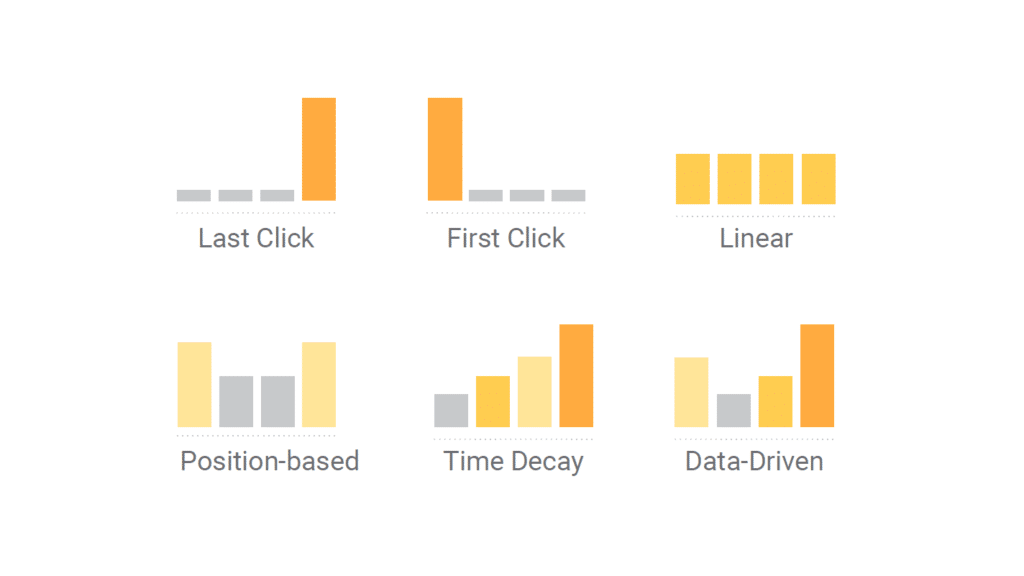
- First Click Attribution. When you opt for this model, you attribute all the conversion value to the initial ad or query the user clicked on. Depending on your business strategy, attributing all the value to the first interaction can be beneficial. For instance, if your ad campaign is relying heavily on social media for brand awareness, First Click attribution is a valid choice. The same goes for Last Click in the case of short-term campaigns running during sales or promotions.
- Linear attribution. This model operates on the principle of equal value distribution among all the sources engaged in the conversion journey. However, this approach has a downside in that it does not consider the specific influence each source had on the decision-making process.
- Time decay attribution. Like its predecessor, this model takes into account all the interactions leading to conversion. However, it assigns varying values to them, which increase as the conversion moment nears.
- Position-based attribution. In essence, this is a balanced model between all the previous ones. It acknowledges the significance of the first and last clicks, attributing 40% of the influence to them, and distributes the remaining 20% among the intermediate user interactions. Google Analytics allows for customizing these percentages.
- Data-driven attribution. This model’s application is achievable through Google’s machine learning and requires a substantial amount of data in the ad campaign, specifically, at least 15,000 search ad clicks and 600 conversions per month. After collecting sufficient visitor’s data, Google analyzes the user actions leading to a target action. This allows for evaluating the significance of clicks in achieving a conversion through various channels. Of all the models, this one is the most objective and provides advertisers with a realistic understanding of the queries and ads that have the greatest influence on a customer’s buying journey.
Attributions and Google Analytics
Google Analytics provides detailed configuration options for tracking the worth of consumer actions.
With the application of a linear attribution model, there’s the capability to disperse the significance and worth across a wide variety of channels. This encompasses search and display traffic, social media platforms, organic searches, individual keywords and more, all within a conversion time window that doesn’t exceed 90 days.
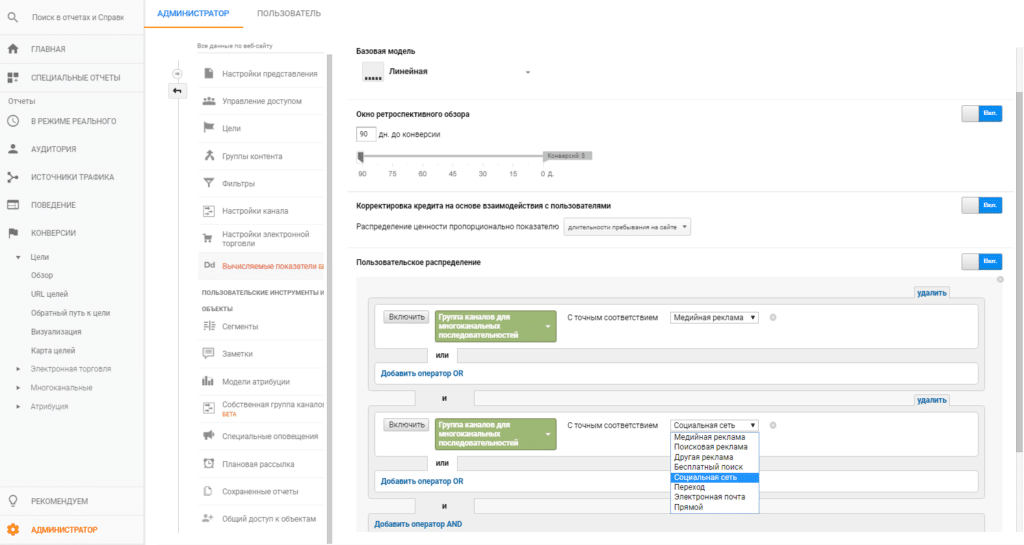
You can contrast the attribution data of individual advertising campaigns against the intelligent bidding plans laid down for those specific endeavours. This functionality empowers you to scrutinize the adequacy and suitability of differing strategies.
Take, for instance, opting for the Target CPA strategy. Here, Google is tasked with increasing your bid and your ad placement for noteworthy clicks and decreasing them for those that have a slim probability of culminating in a transaction. By incorporating individual queries, ad formats, bounce rates, and other variables in the calculation, you’re able to ascertain the worth of a certain metric. Consequently, you have the latitude to eliminate several queries and reconfigure the duration, display location, or alternatively transition to a disparate strategy ( such as “cost-per-conversion optimizer”, for instance).
Who Needs Attribution Models?
For those under the impression that economizing advertisements equates to reducing their budget, they can maintain the Last Click attribution model set as default.
Exploring and contrasting varied models will likely highlight the impact of each conversion origin’s contribution, its influence on ad efficacy, and its overall importance to the business.
Attribution is capable of validating the hefty cost per click, showing instances where advertising is most profitable. Consider that two marketers are prepared to purchase clicks at an expense calculated as 10% of their anticipated profit. Incorporating numerous traffic sources into your attribution may justify the CPC being twice the recommended rate. With a careful analysis of the data, marketers would understand better how to increase their investment to maximize benefits.
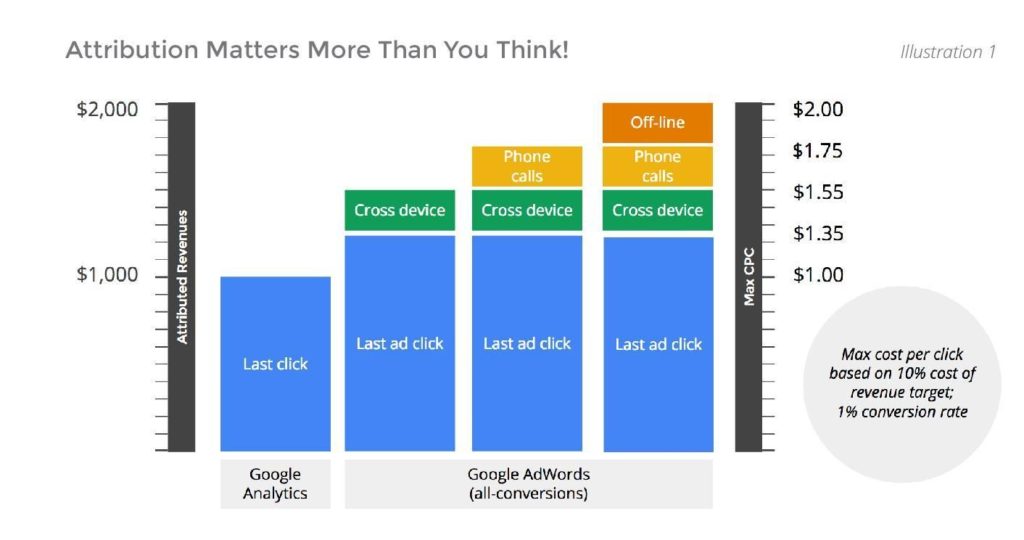
Attribution reports essentially serve as a foundation for smartly strategizing an advertising budget.
So, does Google benefit from formulating these complex algorithms? Absolutely. Paying heed to the needs of the clients and allowing them efficient money management only enhances advertiser loyalty, leading to more funds funneled into Google Ads.
Contact Me


